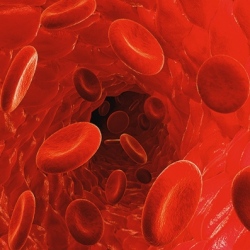
Cancers should no longer be categorised by where they are first formed in the body, but instead by similarities in tumour types, researchers say. A US-led study of 33 cancer types from more than 10,000 patients found they could be reclassified into 28 clusters that shared similar molecules.
Reclassification would ultimately lead to better, more targeted treatments, said the researchers.
"It’s time to rewrite the textbooks on cancer," one of the authors said. Cancers have traditionally been classed and treated according to the part of the body from which they originate, such as the breasts or lungs.
But for this new study, the Pan-Cancer Atlas, scientists carried out analysis of 23 of the most common tumour types, and also 10 rare ones, to see which similarities and differences they had on both a genetic and cellular level.
They found that nearly two-thirds of cancer clusters that shared key molecular similarities were found in more than one area of the body.
One tumour type was found in 25 parts of the body, meaning it would traditionally be treated differently depending on which area it was found in, the study found.
They also found that common cancers, such as in the lung and breast, can be broken down into more than one cancer.
Prof Christopher Benz, from the Buck Institute for Research on Aging in California, told the BBC this was significant because it meant patients would not always be receiving the most effective treatment.
For example, in some cases medications for one type of cancer – such as of the bladder – should be used to treat another, like lung cancer, he said.
"Patients will have the best shot at successful treatment if their tumours can first be classified according to their genomic and molecular makeup," said Prof Benz.
